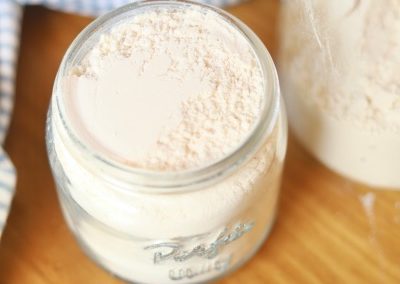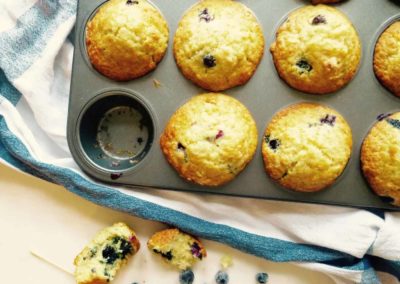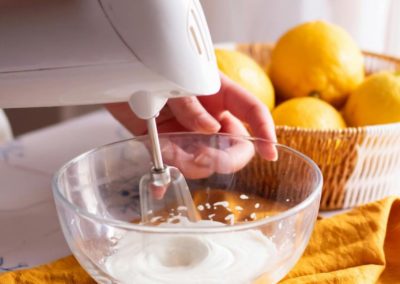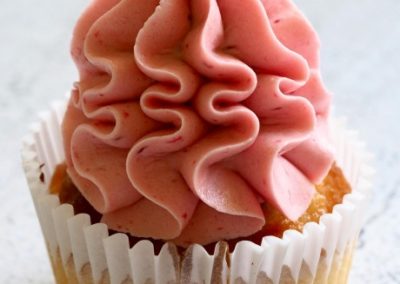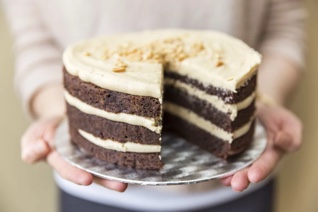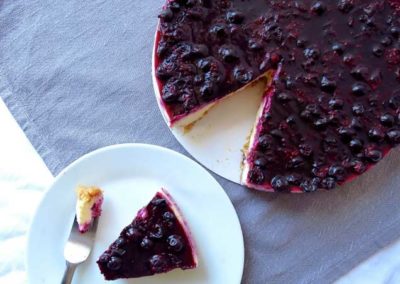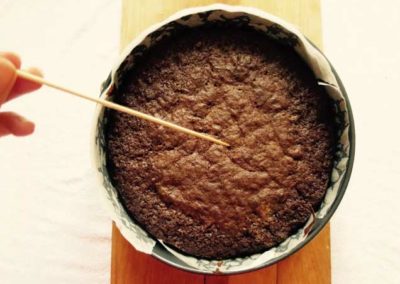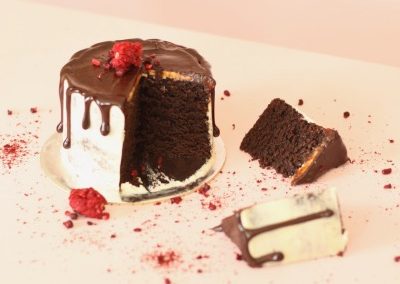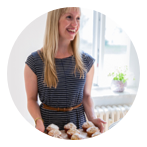
HOW TO: TIPS & TRICKS
10 ESSENTIAL BAKING TOOLS FOR THE HOME BAKER
Come and take a peak inside my kitchen cupboards to see what my 10 essential baking tools for the home baker are!
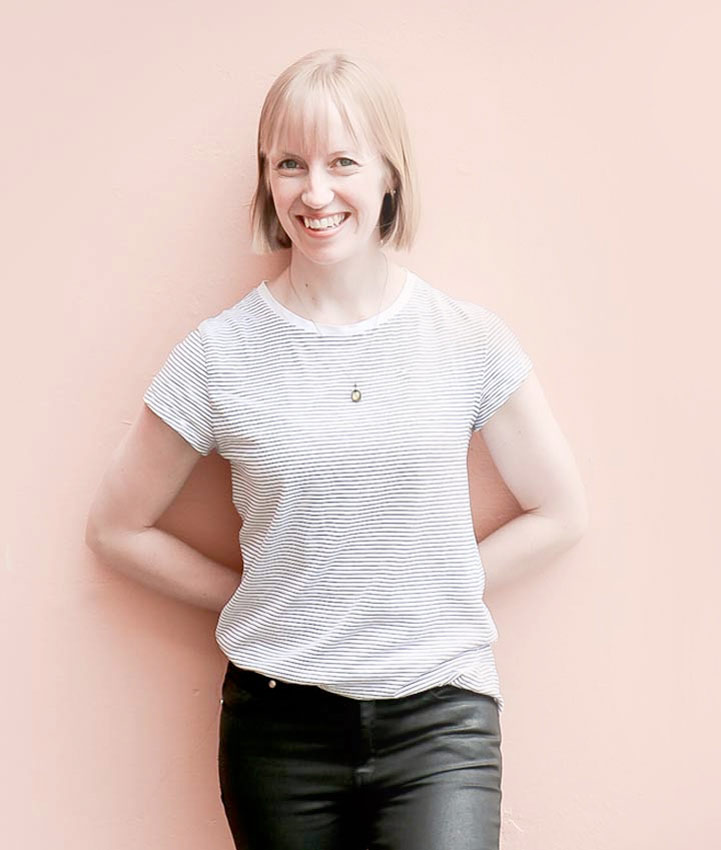
But you know what? It doesn’t have to be!
You’d be amazed by how few things you really need to produce amazing cakes, muffins, cookies and cupcakes. I learned this the hard way when I left my overloaded kitchen full of baking tools in New Zealand and moved to the Czech Republic with virtually nothing.
Baking in my Czech kitchen without my collection of baking tools was hard…at first. I soon learned how to be savvy and practical with what I had and I became a big believer and buyer of items that had a multi purpose e.g. my ‘cake turning table’ is not an official cake turning table. It is from Ikea and is actually meant to be used as a centerpiece of a dinner table or as a cheese board, but it makes the best turn table for decorating my cakes on 😎
I’m sharing my top 10 essential baking tools that I couldn’t live without for home baking use. Yes, I’m inviting you into my home kitchen to take a sneak-peak inside my baking cupboards (please excuse the mess).
Digital Scales
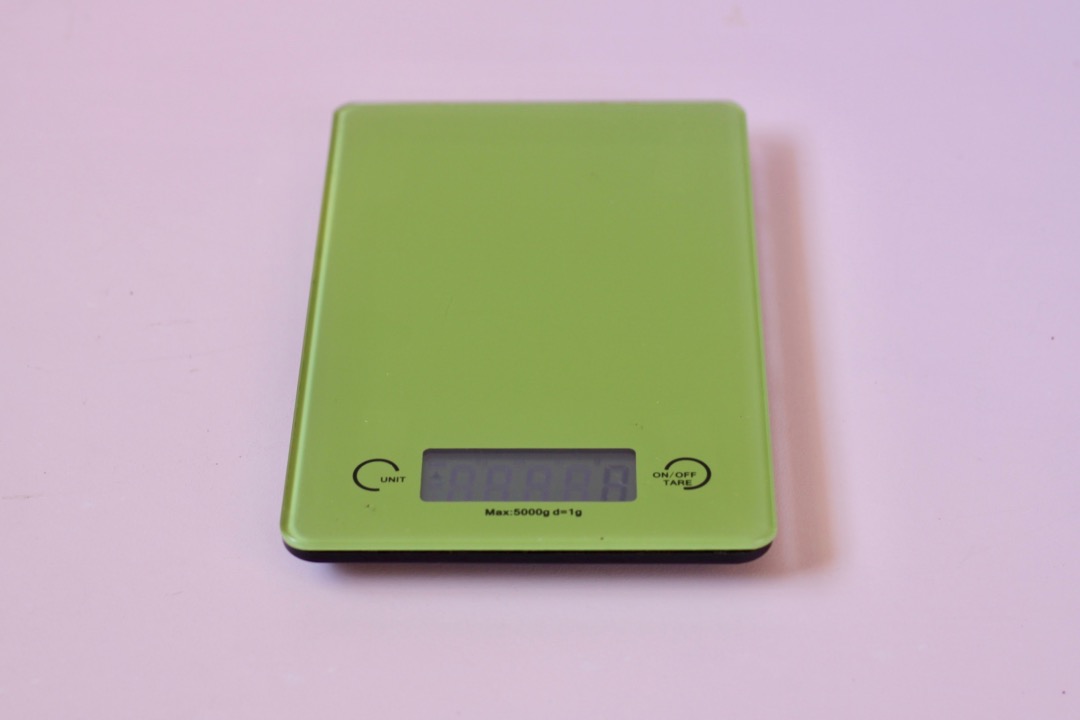
Remember how anal I am about precision? Having digital scales is a must in order to create the best baked goods. Measuring cups are okay, but they can often differ in size slightly from shop to shop and from one country to another (e.g. one American measuring cup is different in size to one British measuring cup. This post explains all about this in more detail). If you would like to take your baking to the next level, please invest in scales! Note: All What Sarah Bakes recipes are tested using scales.
An electric stand or Hand Mixer


- An electric stand/hand mixer is useful for creaming butter and sugar, making meringues and for buttercream. I wouldn’t recommend doing these jobs by hand unless you wanted to spend hours doing so (as this post explains, there is more to creaming butter and sugar than you think!). As much as I love my KitchenAid stand mixer, you can easily get away with not having one by using an electric hand mixer instead. When I lived in the Czech Republic I made wedding cakes, bulk cupcakes, buttercreams and meringues all with a hand mixer. A stand mixer probably would have halved the time to make everything but I am proof that a hand mixer can do the job just fine! If you do not bake that often, an electric hand mixer is all you need.
Glass or Metal Mixing bowls – Not Plastic

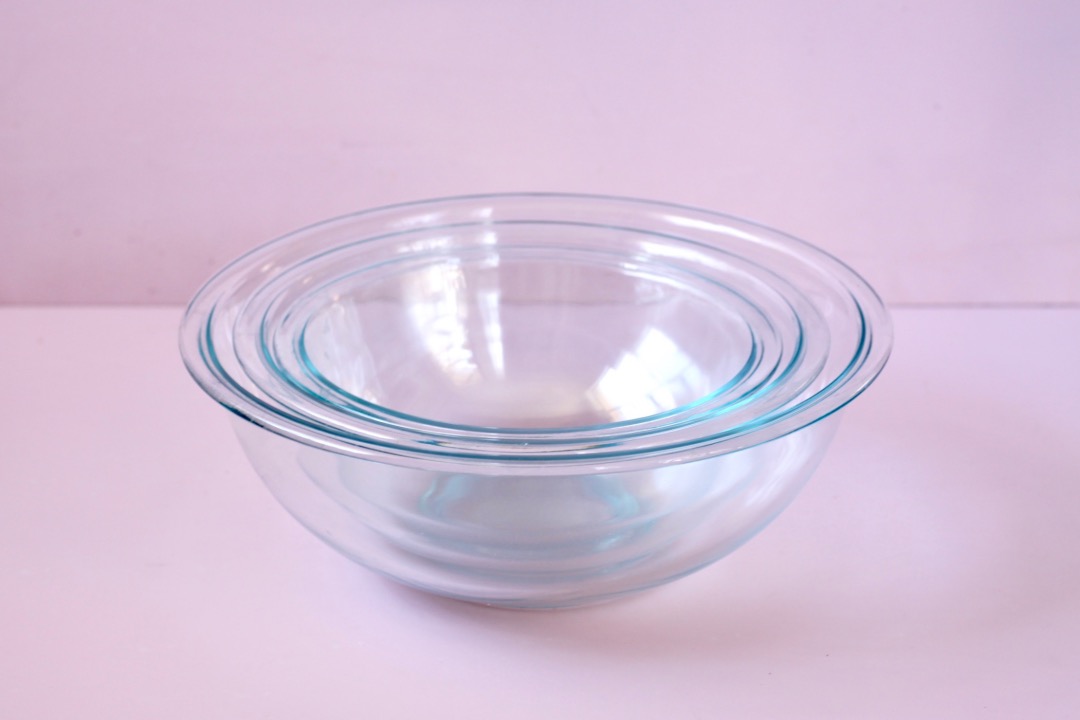
- If you want to produce the best results, replace your plastic mixing bowls and get yourself some glass or metal mixing bowls. Plastic tends to hold on to grease/fat and also absorbs odours from certain ingredients. It is hard to beat up a perfectly stiff and glossy meringue in a bowl like this as the fat/grease on the bowl prevents it from happening. Plastic also can break easily and is not as durable as glass or metal. I personally like to have three mixing bowls – 1 large, 1 medium and 1 small.
Rubber Spatulas
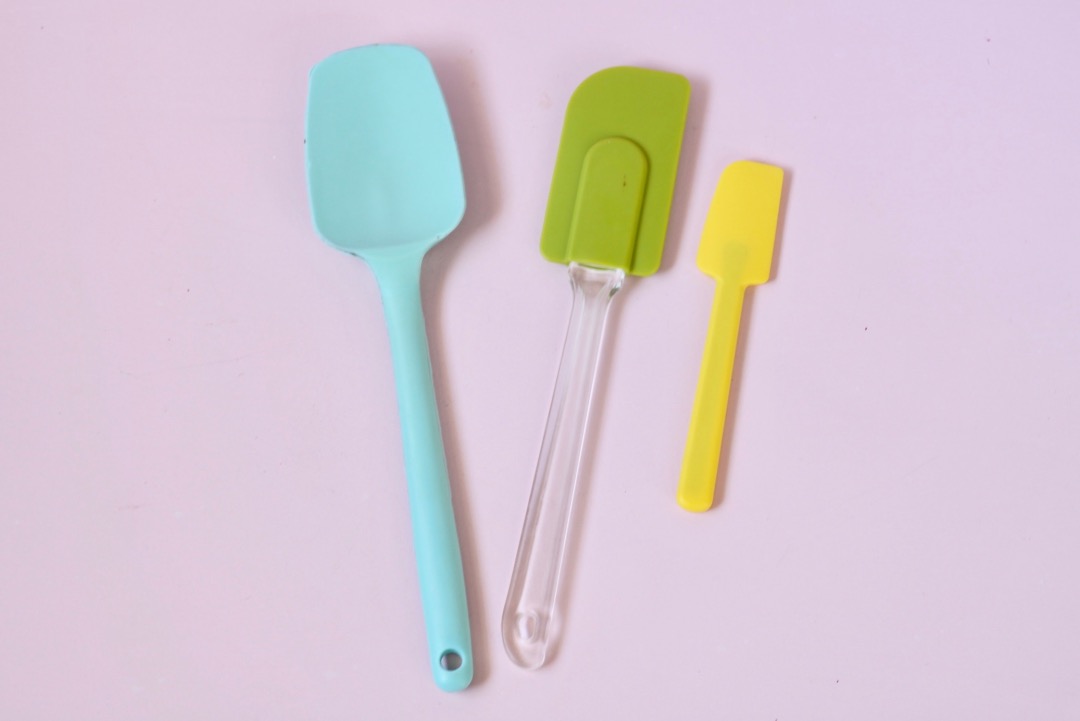
- I think my rubber spatulas are my favourite baking tool. I use them for scraping every last bit of meringue/cake/cookie/cupcake batter out of the bowl so that none is wasted (…there is something weirdly satisfying about that). It’s also great for stirring, mixing and applying frosting. For many years I just had one medium sized one, but now I have 1 mini, 1 medium and 1 large (plus extra for when baking cakes for the Cakery). Depending on how much baking you do, you will be fine with just one medium sized one. Try and look for a durable spatula that has a very flexible (not tough) end and ideally one that is all one part (i.e. one that doesn’t have a handle that easily breaks off).
A Sieve
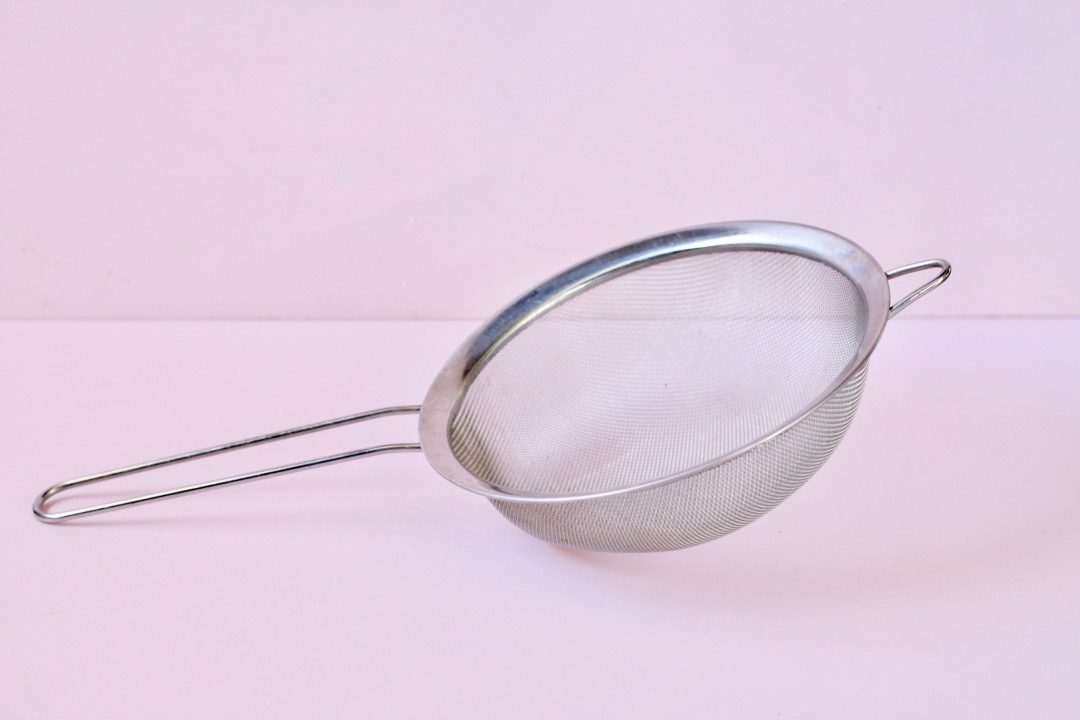
- To me, sifting ingredients is just about as important as measuring ingredients precisely. Sifting dry ingredients like flour, baking soda, icing sugar etc. removes all lumps and also aerates the ingredients giving you a lighter baked product. It’s also no extra effort to use! I just place it on my bowl, scoop my dry ingredients on top and shake it into the bowl – done. There are a few different types of sieves out there but my preferred one is one that can fit and balance on the bowl and one that is sturdy.
A Whisk
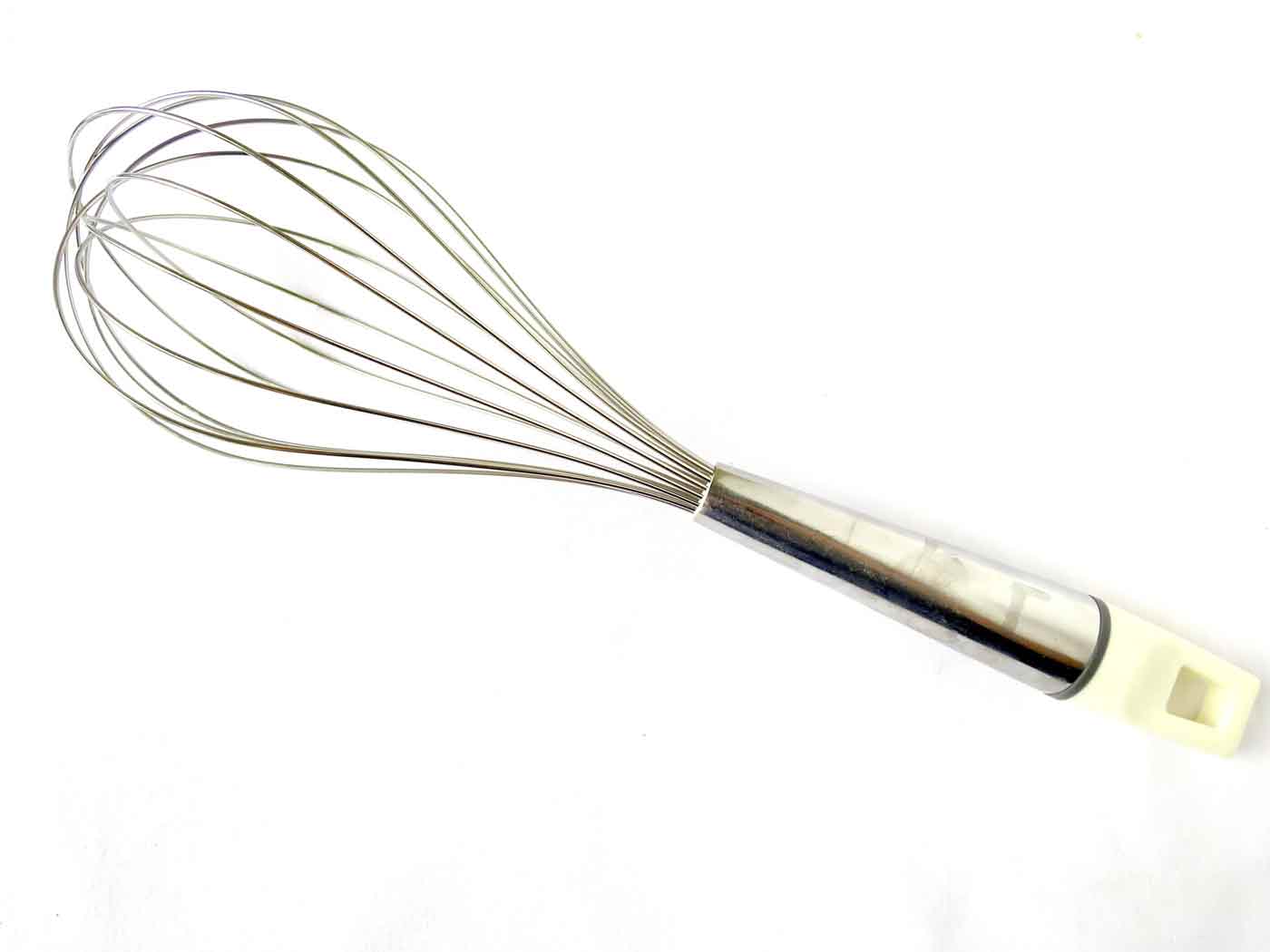
- “…Whisk to combine”. Sound familiar? Whisking is particularly important for ensuring all ingredients are evenly combined so that you don’t have clumps of baking soda in spot, and sugar in another, which produces uneven baking. It’s also important for aerating the dry mixture and great for beating eggs and some cake batters too.
Measuring Cups

- I know, I know, I said that digital scales were better than measuring cups BUT having a set can be handy for measuring ingredients like yoghurt, nut butters, applesauce etc. Also having something to measure liquid ingredients (e.g. oil, melted butter, water, buttermilk etc.) is important which is where a measuring cup with mls and cup measurements come in very handy.
Measuring Spoons
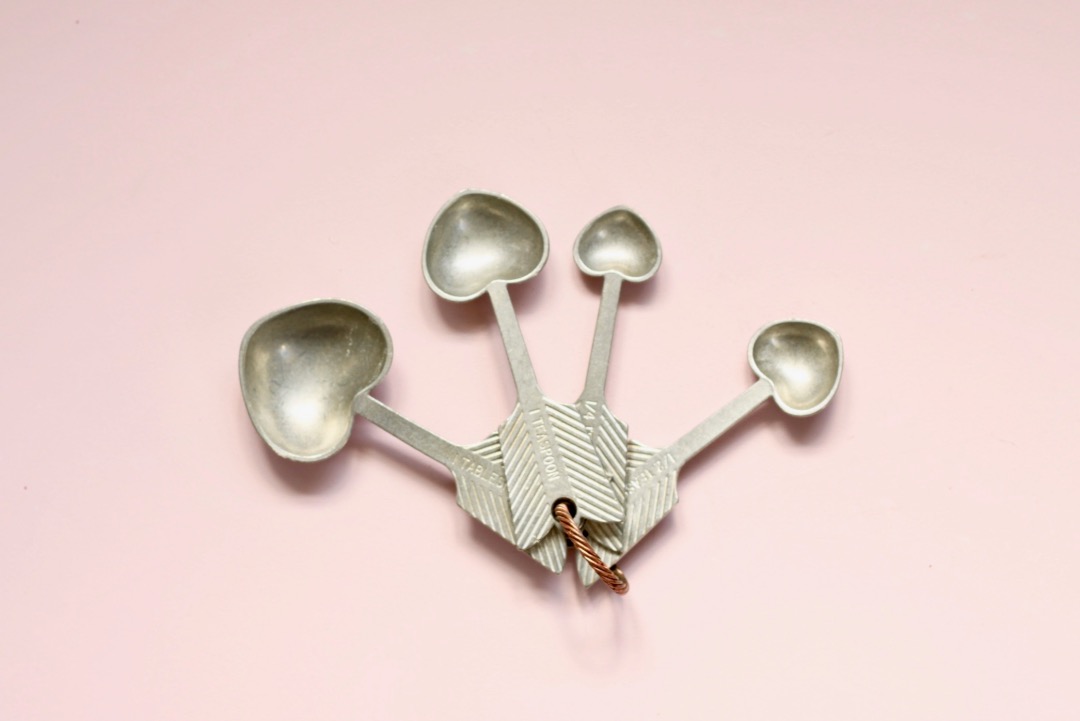
- Unfortunately the teaspoon in your cutlery draw is not the same size as a measuring teaspoon. Same goes for the tablespoons… Precision is the key, remember. Measuring spoons usually range in size from 1/8 teaspoon – 1 tablespoon.
Baking tins/pans
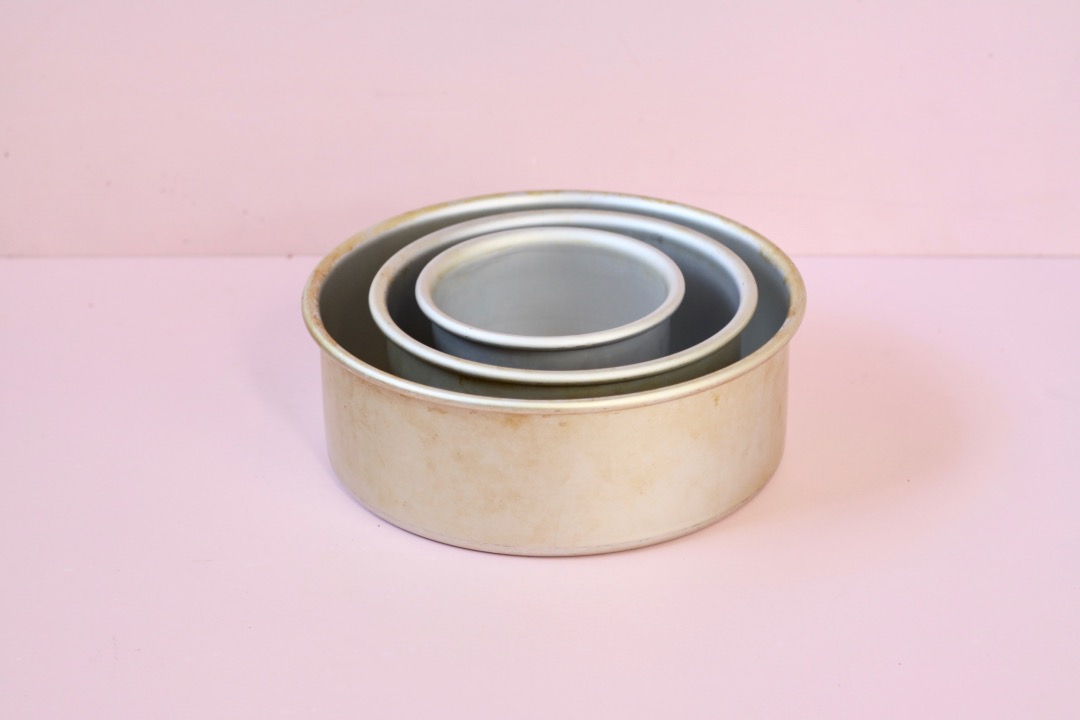
- Depending on how much baking you do will depend on which baking pans you will need. For me, I love baking layer cakes so I like to have at least two (or three is best) of the same sized cake tin, but this is not necessary if you don’t bake layer cakes. If you like to bake a variety of things regularly, I would recommend stocking your cupboards with:
1 x 20cm (8 inch) and 1 x 23cm (9 inch) spring form cake tin 1 x 12 muffin hole tin and 1 x 24 mini muffin tin 1 x 20cm x 30cm (9×13 inch) baking tin (perfect for slices/bars, swiss rolls etc.) 1 or 2 flat and heavy baking trays (for cookies) 1 loaf tin (about x 20cm x 12cm (9×5 inch) in size.)
Cooling Rack

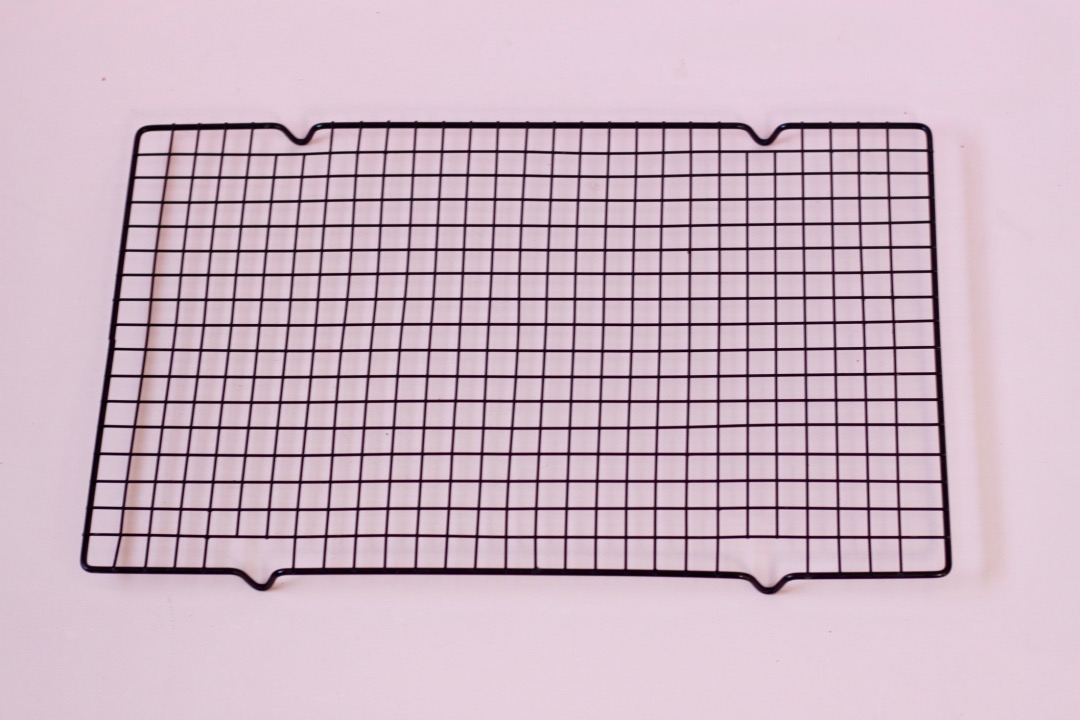
- Cooling your cookies, cakes and muffins is important for avoiding soggy baked goods and to help them to completely set. Try and look for a cooling rack that has small holes. Sometimes the ones with thick wires and big holes can make big indent marks on cookies, cakes and muffins.
THREE BAKING TOOL BUYING TIPS:
Tip # 1: Try and buy multipurpose items to avoid clutter and excess of appliances/baking tools. Good ‘ol Alton Brown is a big believer of this too.
Tip # 2: Stick to the basics I think it’s helpful to remember that our great-grand mother’s and maybe even some of our grandmothers, spent many hours creaming butter and sugar by hand – just one bowl and a spoon. That-was-it. Now, it’s easy to go overboard, right? Think simple and think basic, baking doesn’t mean you have to break the bank.
Tip # 3: Invest in quality There are a lot of cheap baking tools out there that will break the moment you use them. I highly recommend investing in quality baking equipment so that you can save on money in the long run and avoid frustration when things stop working. I hope this list was useful for you! What are your favourite baking tools to use?
YOU MIGHT BE INTERESTED IN
![]()

